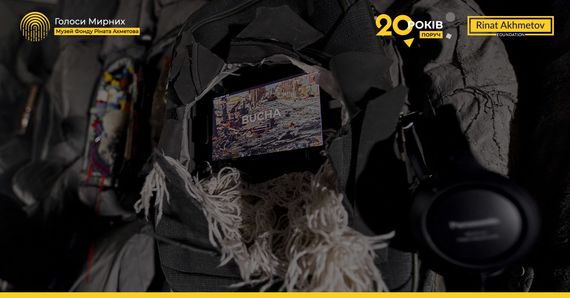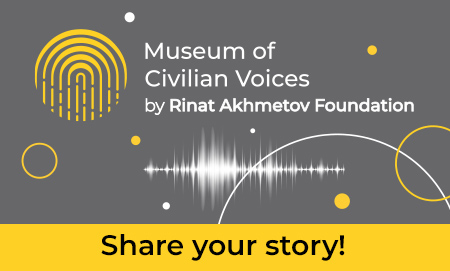"I dream that our hospital resembles Disneyland": Anastasia Maherramova, press secretary at Okhmatdyt Children's Hospital in Kyiv, in an interview with Vogue

Since February 24, 2022, publications about Ohmatdyt Children's Hospital in Kyiv have appeared in The Washington Post, The Times, Der Spiegel, on BBC, CNN, ABC News, Fox News, and the Canadian CBC, and in many American, British, French, Polish, Greek, and German media. The hospital's patients appeared everywhere, from Angelina Jolie's Instagram to the front page of The New York Times. The massive public relations effort behind this is led by the press office of the Ohmatdyt National Children's Specialized Hospital and its director Anastasia Maherramova. On the first day of the full-scale invasion, 28-year-old Anastasia came to work with a small yellow suitcase and stayed for two months.
"The more the enemy rages, the stronger the desire to curl your hair and enjoy life despite the missile explosions," says Anastasia Maherramova. Her job is to tell the world how the country's leading children's hospital lives under conditions of martial law. The doctors here rescue young patients with war-related injuries and perform complicated everyday routines: they do surgeries and transplants, treat rare diseases, and save premature babies.
Anastasia's office has everything needed for an extended stay: a change of clothes, a toothbrush, toiletries, a coffee maker, and, of course, a hair curler. She arrived here on February 24 with a miniature yellow suitcase — and stayed on the job for nearly two months. Ohmatdyt became a place of salvation for patients and strength for doctors, nurses, orderlies, administration, technical staff, and their families — all living, working, and hiding from the war here.
Some slept on mattresses in the radiology center on the first level below ground, others in their offices or spare wards since most patients stayed in the bomb shelters all the time. Work did not stand still for a minute, even during air-raid alarms. In the first days of the war, surgeons worked in an old building, in the operating rooms with large windows. The doctors say that the shelling was so loud that nurse anesthetists sometimes squatted next to the anesthesia machines. Later, the surgery departments moved to a new building with safe, windowless operating rooms.
All the while, Anastasia was giving statements to the world’s media, receiving journalists, filming, appearing on live broadcasts, meeting ambulances with injured and sometimes, unfortunately, dead children — and recording everything that was happening around her with her colleague Lidia Dmytrashko. In Nastya's phone, there are about 40,000 photos ("And I just did a clean-up," she says), all methodically arranged in folders: here is a report with an American journalist Juan Diego Arredondo who was wounded in Irpin; here is 14-year-old Yura whose father was shot in front of him in Bucha and who miraculously survived, having suffered two bullet wounds; here is a photo of 7-year-old Varia who had her parents' phone numbers scribbled on her arm in case something happened during the evacuation.



